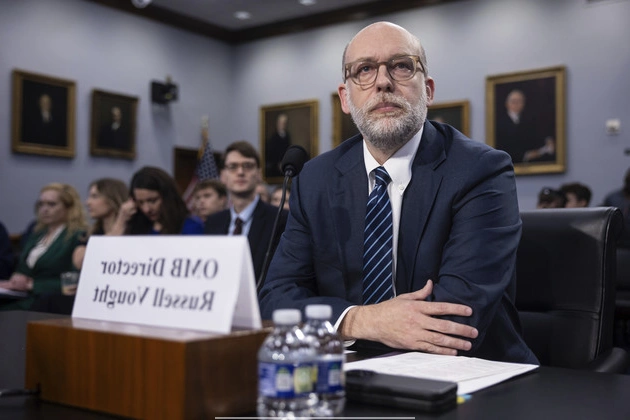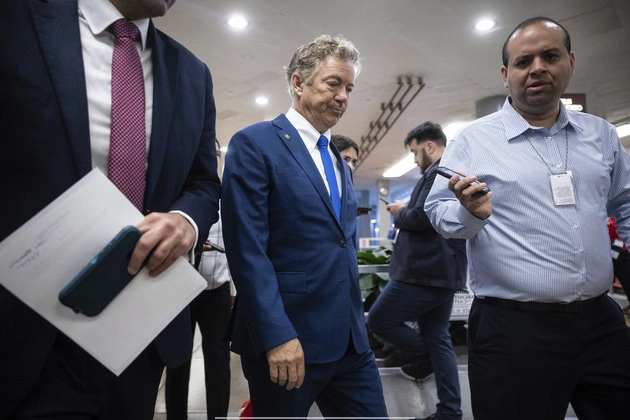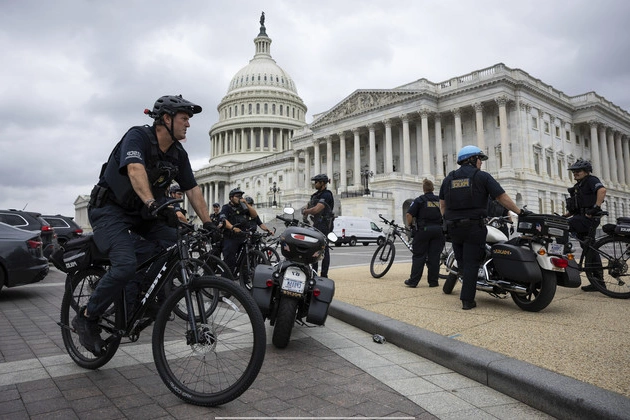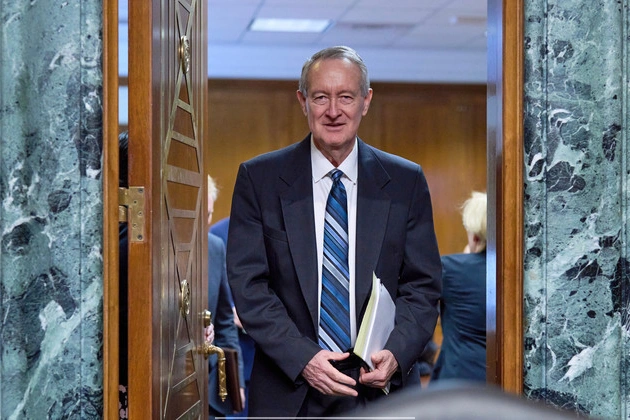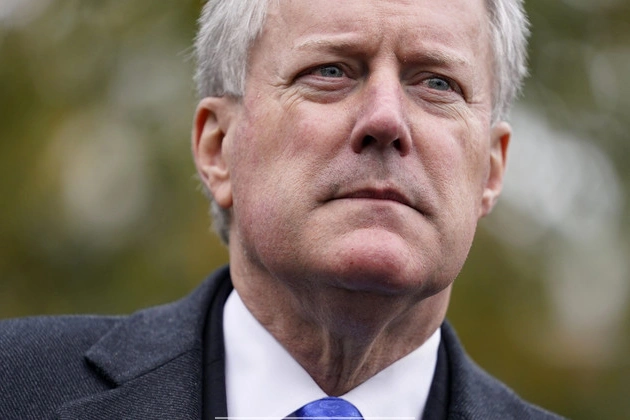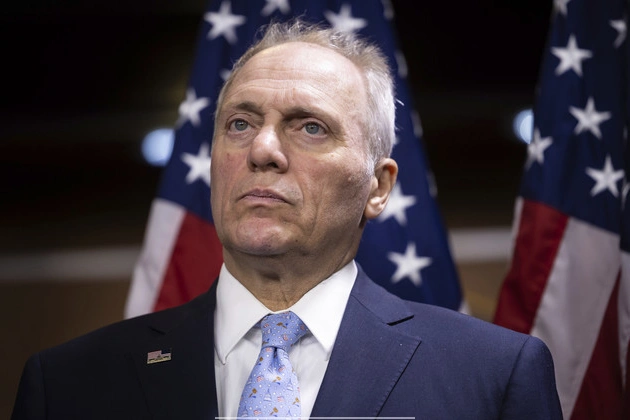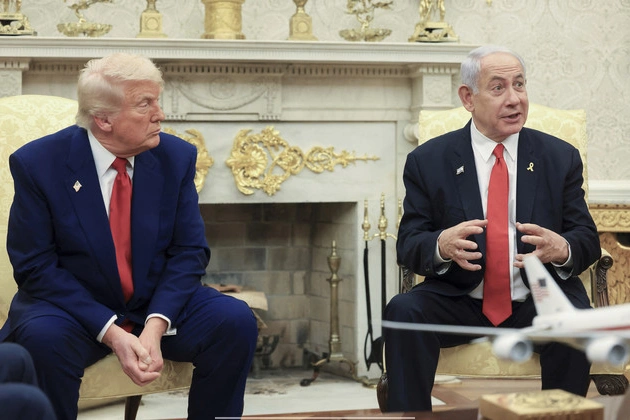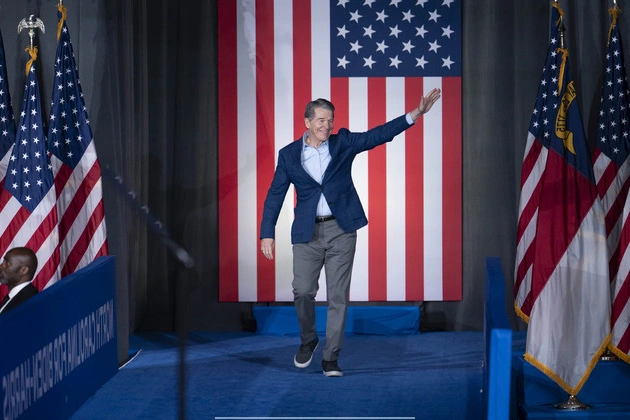
The House GOP recently approved a budget, setting the stage for the enactment of President Donald Trump’s significant bill this year. The final vote of 216-214 marked a crucial milestone, with some Republicans and all Democrats voting against it.
Key Challenges and Negotiations
This approval now paves the way for Republicans to tackle the complex task of crafting a comprehensive package encompassing tax cuts, military spending, energy policies, and more. Balancing the demands of fiscal hawks and moderate Republicans will be paramount as leaders strive to safeguard safety-net programs while making substantial budget cuts.
Trump’s Influence and Promises
President Trump and GOP leaders secured a win as hesitant Republicans agreed to support the Senate-adopted blueprint. Assurances of significant spending cuts, particularly in safety-net programs, played a pivotal role in garnering support.
Rep. Rich McCormick highlighted the commitment to achieving $1.5 trillion in cuts, signaling a renewed focus on budget discipline after years of laxity.
Bipartisan Cooperation and Challenges Ahead
Despite the House and Senate’s alignment on the budget, the journey towards realizing Trump’s ambitious bill is far from over. The intricate process involves reconciling differing priorities and navigating intricate budgetary decisions.
The budget framework provides Republicans with flexibility in determining funding allocations, especially in areas like military spending and border security. Mandates for substantial savings underscore the party’s commitment to fiscal responsibility amidst ambitious policy goals.
Policy Considerations and Tax Reforms
Republican strategies to extend previous tax cuts while introducing new tax breaks present a delicate balancing act. The emphasis on minimizing deficits while pursuing tax relief necessitates careful deliberation on policy nuances and revenue implications.
As the bill evolves, Democrats are poised to critique perceived imbalances in tax distribution and potential impacts on middle-class Americans. The debate over safety-net program cuts and green energy incentives adds further complexity to the legislative landscape.
Future Outlook and Divisions
Internal divisions within the Republican party on key issues like Medicaid cuts and green energy subsidies may shape the bill’s final form. Negotiating diverse viewpoints and aligning on critical tax provisions will be pivotal in advancing the legislation.
As discussions progress, the trajectory of the bill and its implications for various sectors will come into sharper focus, reflecting the intricate interplay of political interests and policy priorities.






